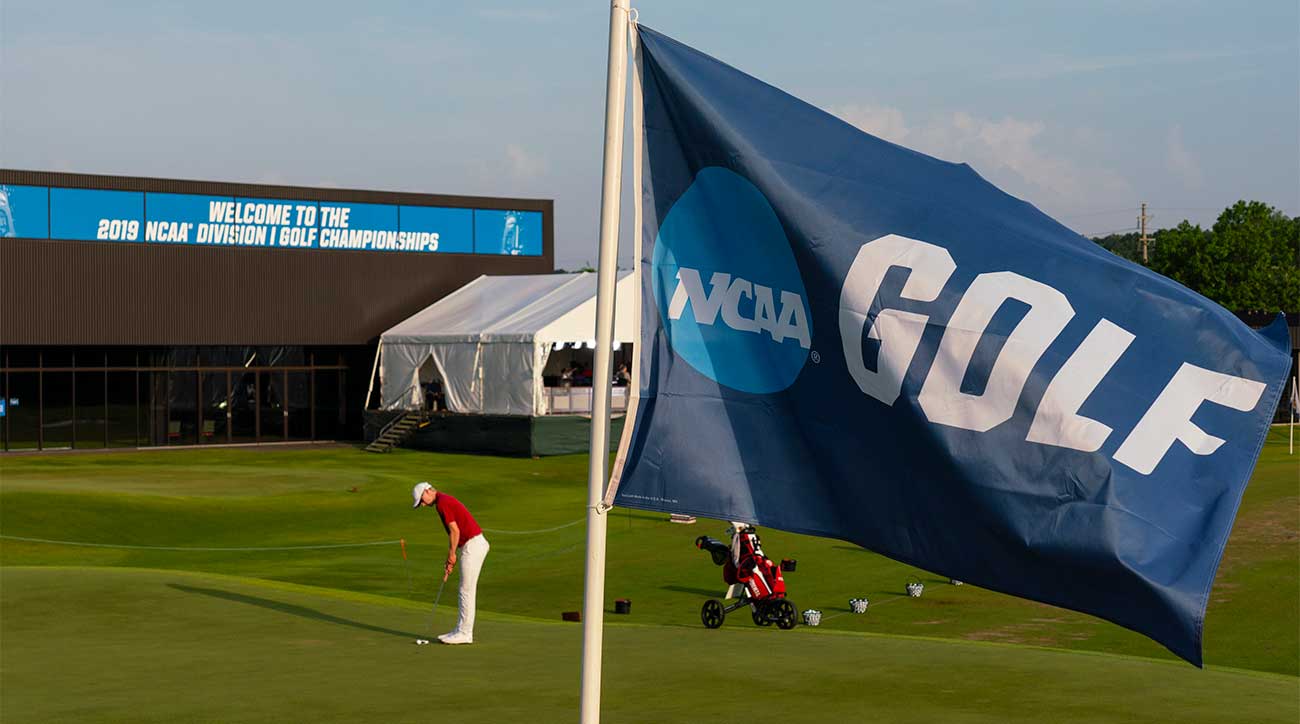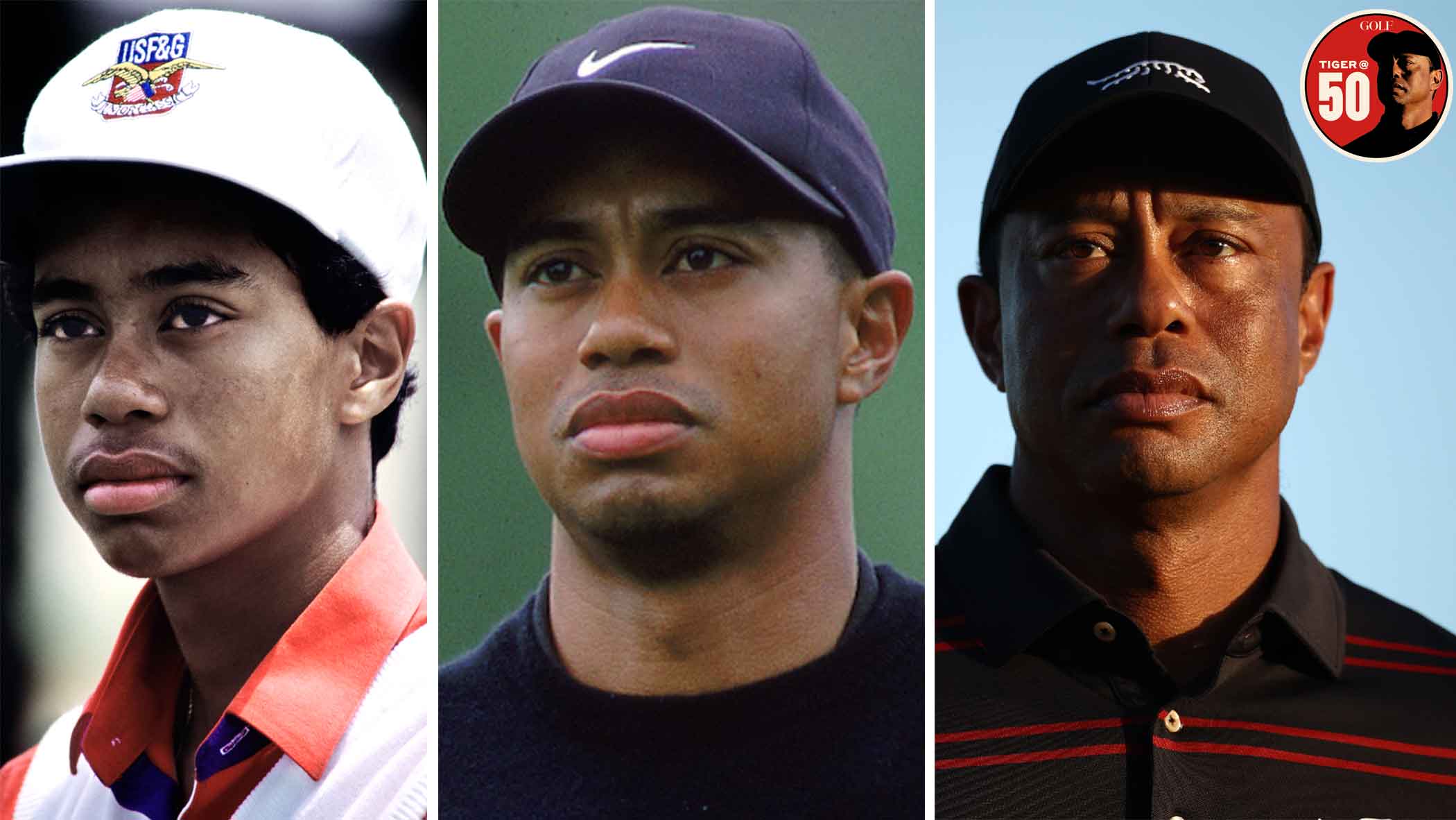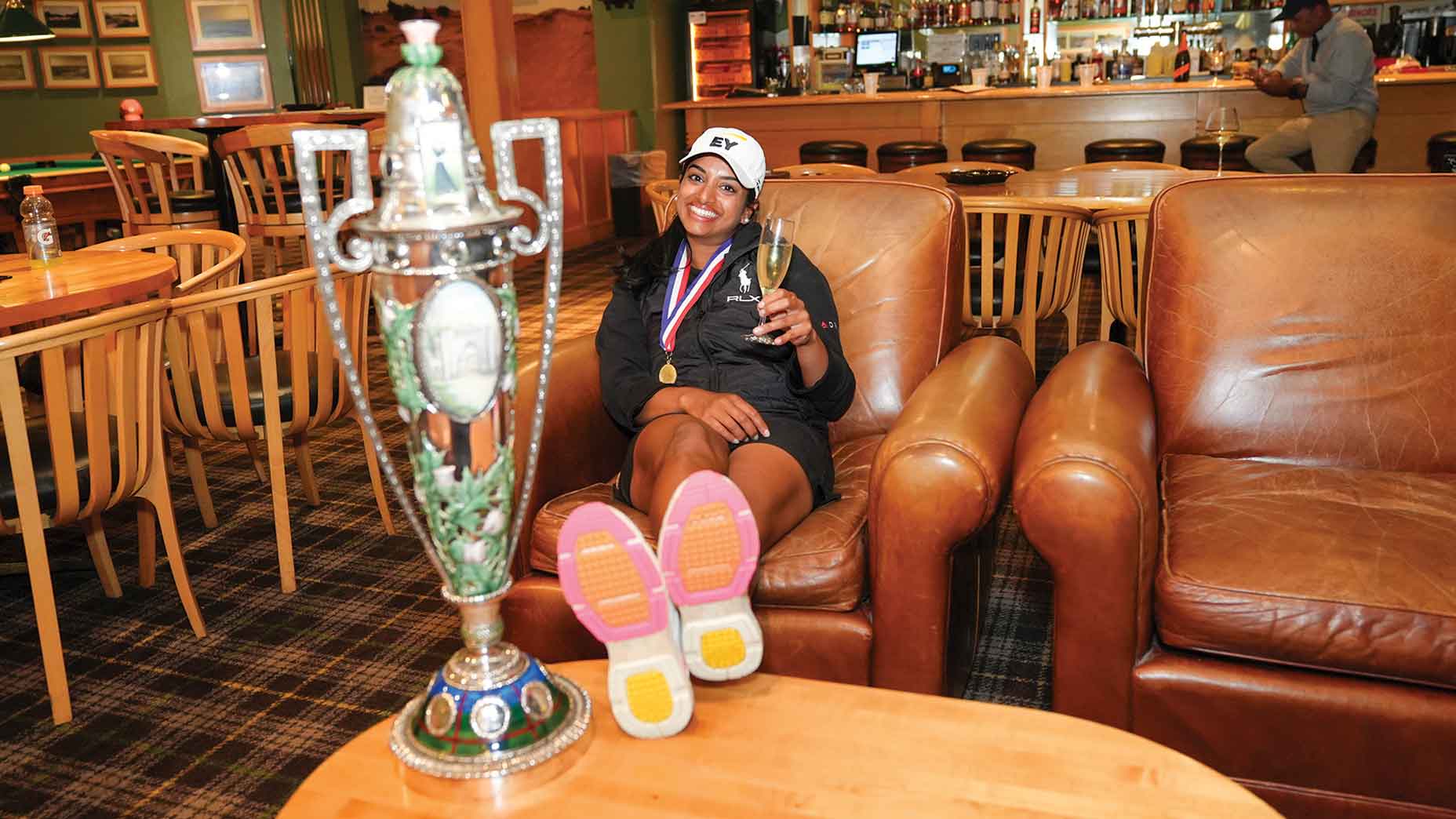 Among golf signatures, Arnold Palmer’s artful mark was in class by itself
Among golf signatures, Arnold Palmer’s artful mark was in class by itself
The strange saga of a Division III golfer who got kicked out of the NCAA
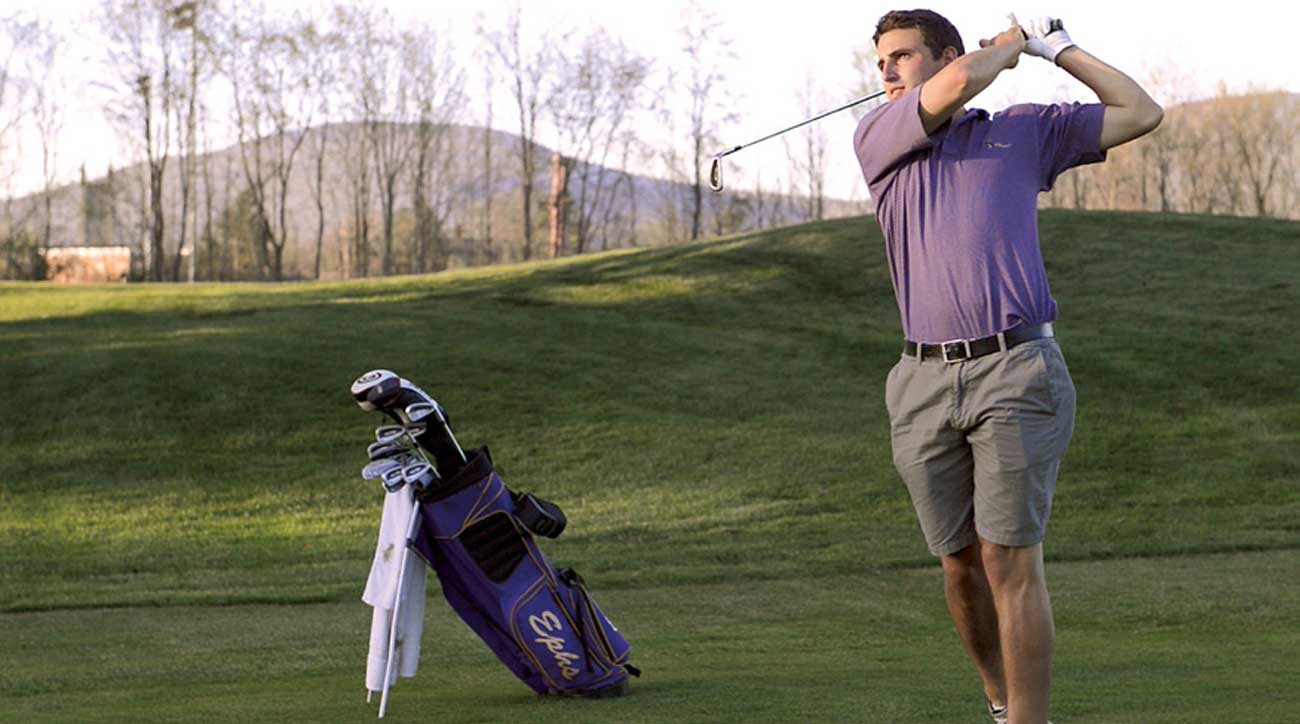
The new California law allowing college athletes to profit off their likenesses has reignited a fiery debate about whether or not NCAA student-athletes should be allowed to make money. One camp argues that college sports have become a multi-billion dollar industry; it’s only logical that the actual players should get a part of the profits. The opposing side counters that paying student-athletes would fundamentally alter the makeup of college sports.
I’m not here to sway you to one side or the other. I’m just here to tell you a story of tragedy, or perhaps comedy. It’s the story of a Division III golfer going up against the NCAA, and losing, winning, then losing much, much worse. It’s a story about dumb rules and bureaucracy and Jay Bilas and Florida water hazards. Even worse, it’s a story about me.
One week in the spring of 2013 was meant to be, for better or worse, the climax of my athletic career. This was my junior year on the golf team at Williams College, a Division III school in western Massachusetts, and we’d squeaked past rival Trinity College to win our conference tournament by two nervy shots. For the first time in my college career, the Williams Ephs (an Eph is a purple cow, don’t ask) were headed to the national championship.
Around this same time, ESPN analyst Jay Bilas came to speak at Williams, most specifically on the issues of college athlete compensation. This was a big get for our little school; Bilas is a big deal and drew a large crowd of student and townspeople alike.
Bilas’ general stance on compensating college athletes is simple: Do it! In his remarks to the packed-house Bronfman Science Center auditorium, he pointed out the hypocrisy of the NCAA and the amount of money flowing through college athletics. He also explained that non-athletes in college were free to make money in any number of different ways. If a student started a business, or drew a painting, or wrote a book, nothing would stop them from making money based on their skills. At that, I got a few glances from friends. I had written a book that was scheduled to come out in less than two weeks; I’d never considered it could affect my eligibility. Still, we forgot about it almost immediately. I’d done nothing wrong, and more to the point, I was a DIII golfer. There was no way anybody would care. Or so I thought.
Bilas had spoken to the ridiculousness of these rules. How they didn’t make sense. But one member of the audience (a point-misser, in my eyes) called our athletic department, mentioning they’d heard I was writing a book and thought it could be in violation. Our interim athletic director, who was trying to look out for my best interests, called the NCAA to ask if they had any advice for an author who was also a student-athlete. Instead, she got a strange call back, which she relayed to me secondhand a short time later: I had been kicked out of the NCAA.
The process behind this quick-trigger decision was never fully explained, but by my best understanding a straw poll had been taken around the NCAA’s compliance offices. Nobody had spoken to me (they never did) and had no real idea what they were suspending me for, but no matter. What I was doing sounded like it was probably in violation. That was enough.
Two important notes on timing: My indefinite suspension was handed down May 6. My book, 18 in America (more on this in a second), was set to come out one week later, on May 13. It hadn’t even come out yet! Obviously nobody at the NCAA had read it, which meant I was suspended for a hypothetical. Worse yet, the NCAA Championships were set to begin May 14. We were set to fly to Florida in just five days. Instead, effective immediately, I was no longer allowed to practice with the team. We also suddenly had to select someone to go in my place.
That piece of the saga played out disastrously. We’d had a five-man rotation set for the entire season; suddenly we had to find a sixth player to go in my place, and everyone thought he had a legitimate case. Who do you plug into a lineup? The talented, unproven freshman? The semi-injured junior? We settled on bringing our senior captain, who was stoic on the course and possessed a ton of game, even though he hadn’t played much tournament golf of late. It was a thankless decision, though — even within our tight-knit team, rifts formed overnight.
So why was I kicked out, anyway? The language in the NCAA’s bylaws has changed slightly since then, but in 2013 I was deemed to have used my athletic ability for commercial gain (only the NCAA’s corporate partners are allowed to profit from said ability). In their defense, I was a college golfer, and the book involved golf. In my defense, well, everything else.
What was the book actually about? This felt like an important point to me, but less so to the decision-making parties. The book (which you should definitely consider buying here, by the way!) entitled 18 in America, was my story of the year I spent between high school and college.
Seeking adventure, I’d spent a year living out of the back of my car, driving around the country and playing at least one round of golf in every state in the lower 48. I’d played the cheapest, most accessible public courses and wormed my way into the strangest, most elite private clubs, exploring the U.S. through the lens of golf, finding out where the game fit in. Eighteen years old plus 18 holes in every state made 18 in America. Anyway, the book is about people who play golf and where they play it — but it’s much more about a teenager surviving in his Subaru, plus it preceded my time at Williams College and had nothing to do with my golf ability anyways. A 20-handicapper could have written the same story.
ADVERTISEMENT
I spent the week cramming for finals and drafting letters petitioning the NCAA, pointing out that writing a book was actually the least athletic thing I could think of. I was barred from attending practice, under threat of team punishment. Still, I’d played the year in our team’s No. 1 slot; I was permitted to travel with the team to Florida in the hopes the NCAA would come to its senses.
For days, there was plenty of back-and-forth, but no movement. I landed in the panhandle still barred from practice and from competition. It wasn’t until less than 24 hours before competition, midway through our team’s practice round, that we got the official word — I was being offered a plea deal of sorts. I would be temporarily reinstated for the duration of the tournament. After the tournament, I would essentially admit guilt and complete 30 hours of community service in exchange for reinstatement for my senior year.
I couldn’t believe it. I didn’t think I was guilty, I didn’t think my guilt could be determined by an office who hadn’t read or even seen the book in question, and I definitely didn’t feel like I should be making any plea deals. Still, I readily agreed. Community service is always a good thing to do, I figured, even though I’d rather do it of my own accord. This was the national championship! I would have done anything to play. Guilty plea it was.
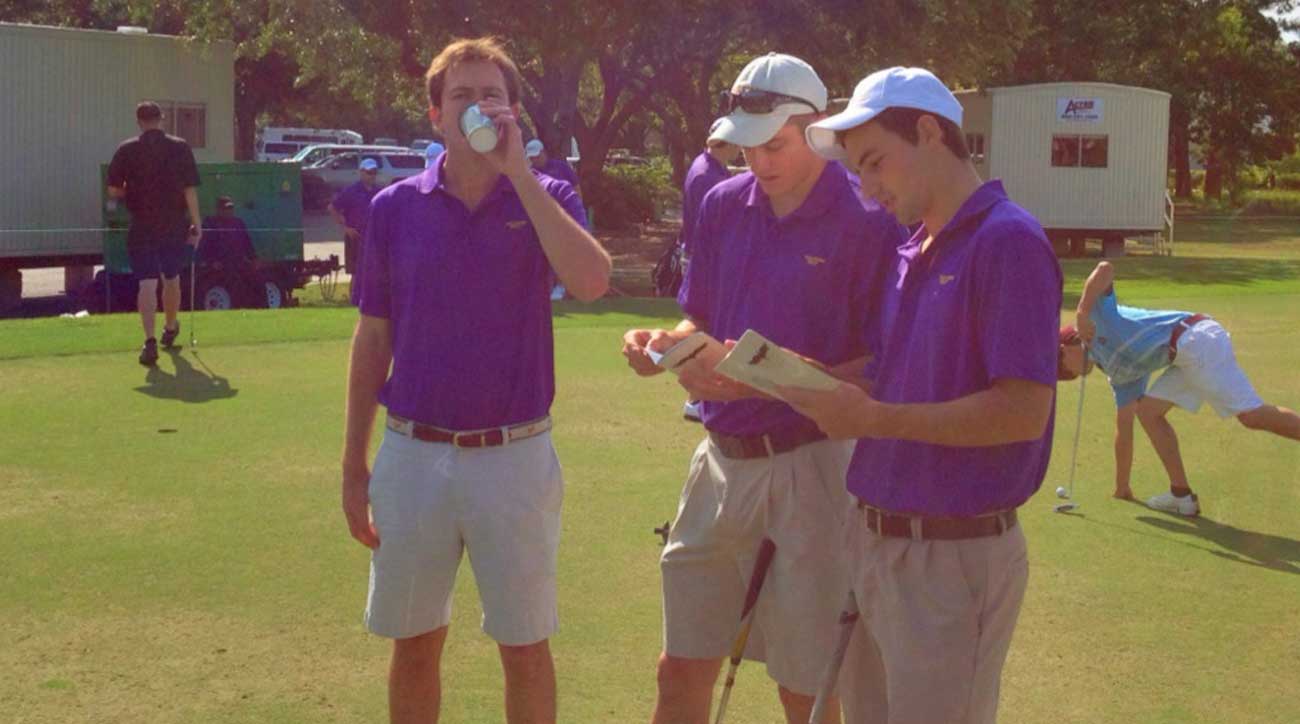
I spent the rest of the day determined to knock the rust fully off my clubs. I fired driver after driver in a panic out onto the range, hitting a mix of blocks and hooks. The more poor drivers I hit, the more frantic I became. This was a dumb approach. But then, this is not a story with a happy ending, and I woke up the next morning with such a miserable crick in my neck that I couldn’t turn left or right. I popped some Aleve, worked my way through an uncomfortable warmup session and headed to the first tee, last off for the Ephs.
The entire preamble had set up a perfect opportunity for a great player to put all the distractions and frustrations fully in the rearview and step up for his team. But I was not that player. My normal spray-it-and-find-it game was built for Massachusetts; not so much for the hazard-to-the-left, OB-to-the-right tee shots of Sandestin’s Links Course. Add in a dash of rust and this was set up to be a nightmare.
I found a hazard off the first tee, three-putted and made double. On No. 2, I blocked a 2-iron down the right which settled just right of a white stake. Then I did it again. Quadruple-bogey 8. Two holes later, I hit another one out of play. Triple. The memories get hazy from there; it was such a painful five hours that I did my best to forget it immediately thereafter. But I vaguely remember that rock-bottom was blocking a 3-wood into an adjacent intersection early on the back nine.
Waiting on the 18th tee, I remember realizing on the 18th tee that I’d already accrued 18 (!) penalty strokes over the course of the round. I promptly dumped my tee shot into a pond down the right to make it 19. Besides that, to paraphrase Mary Todd Lincoln, the play wasn’t half-bad. It all added up to a round of 20-over 92 — rather short of the performance you want from your No. 1 player at the national championship. Dinner didn’t go down particularly well that evening.
The second day we switched to the Raven Course, which was slightly more forgiving. But I hadn’t yet rid myself of the driver yips. The result: 83. As a team, we comfortably missed the cut (although my classmate Cody Semmelrock made it as an individual).
That’s it. That’s the story. There’s no real bow on it except to serve as a reminder: If you see the vaunted NCAA as an effective governor of its student-athletes, well, that was not the experience I had.
I shot Bilas a note explaining the situation; a few months later, he tweeted it out. “Williams golfer Dethier an author! NCAA declared him ineligible, orders community service. Yep, he’s a danger. Oooh.” He was even kind enough to provide a link to buy the book.
Williams golfer Dethier an author! http://t.co/KLgHeCMOYp NCAA declared him ineligible, orders community service. Yep, he's a danger. Oooh.
— Jay Bilas (@JayBilas) November 4, 2013
Oh, and I completed those community service hours. All 30 of ’em, and then some. Of course, nobody from the NCAA ever bothered to check back in to make sure. I was a Division III golfer, after all.
Who could possibly care?
ADVERTISEMENT


